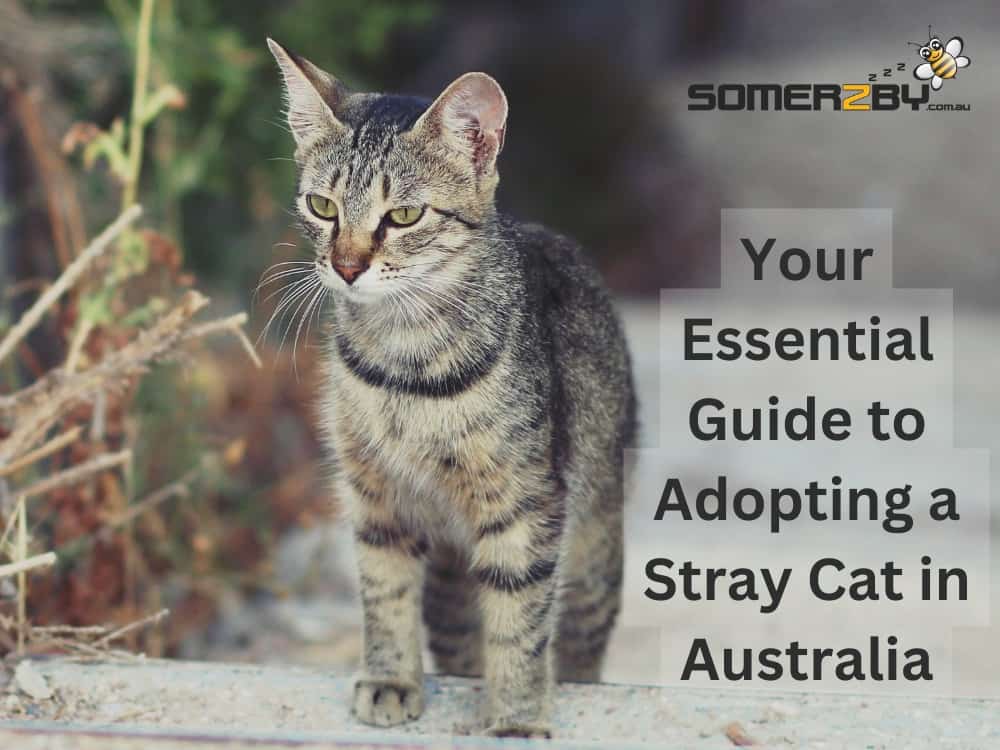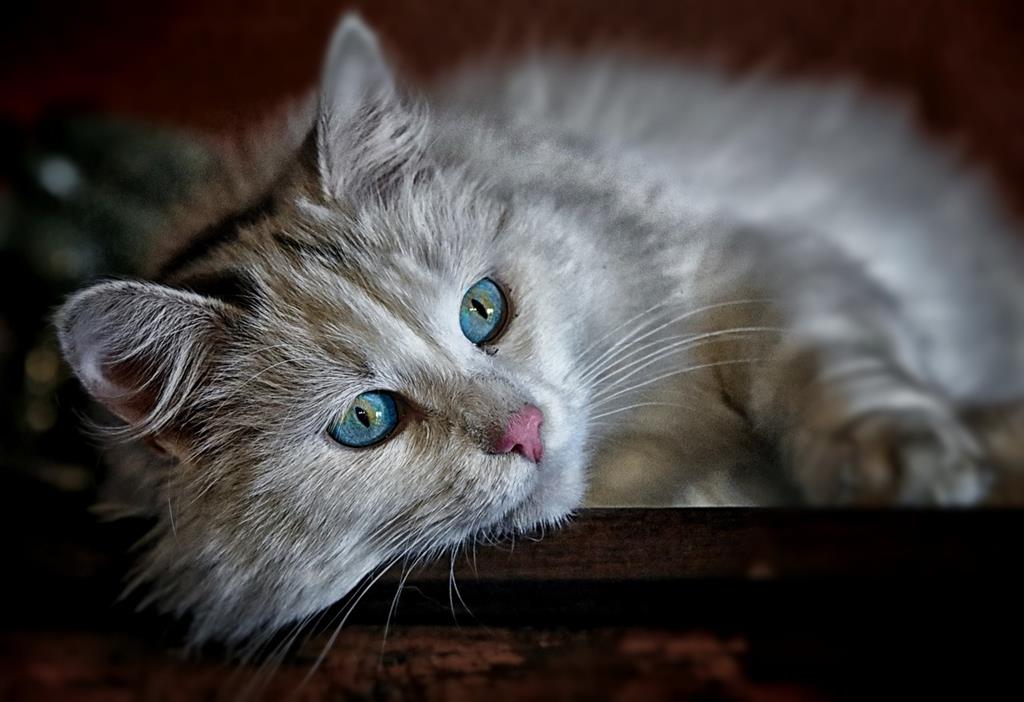Yes, you should take a feral cat to the vet for health assessment and necessary care. Feral cats require medical attention to ensure they are healthy and do not spread diseases.
Caring for feral cats involves more than just providing food and shelter; their health is of paramount importance. Taking a feral cat to the vet can be challenging, yet it is essential for the wellbeing of the cat and the community.
Responsible management of feral cat colonies includes vaccination, spaying, and neutering to prevent overpopulation. Regular veterinary visits ensure that these often-overlooked animals receive proper care for illnesses and injuries, fostering a safer environment for both the cats and local residents. Addressing the needs of feral cats through veterinary care is an integral part of humane and effective community animal management. Trustworthy and knowledgeable vets provide invaluable support in managing feral cat colonies.
The Feral Cat Dilemma
Caring for a feral cat sparks debate. Safety and health are key. Understanding the cat’s status matters. It’s a tricky situation for animal lovers.
Differentiating Feral And Stray Cats
Feral and stray cats look similar, but their behavior differs. Strays interact with people. Ferals avoid human contact.
How to tell them apart:
- Stray Cats: Sometimes approach people for food or attention.
- Feral Cats: Keep their distance. They are not used to people.
Health Risks Associated With Feral Cats
Feral cats can carry diseases. These may spread to other animals or humans.
Common risks include:
| Disease | Effect on Cats | Risk to Humans |
|---|---|---|
| Rabies | Fatal viral infection | High if bitten |
| Feline AIDS | Weakened immune system | None, but lethal to cats |
| Feline Leukemia | Can cause cancer | None, but spreads among cats |
Vaccines and treatments help control these diseases. A vet visit can safeguard public health.
Ethical Considerations
When it comes to feral cats, ethical questions often emerge. These cats live without direct human care. Decisions on their health impact them, the environment, and the community. Consideration, compassion, and responsibility guide actions towards these animals. Let’s explore the ethical dimensions of caring for feral cats.
Human Responsibility To Feral Cats
Caring for feral cats falls under our ethical umbrella. As guardians of the environment, we shoulder a duty to ensure their welfare. This involves making hard choices for their health and controlling their population.
- Vaccination prevents the spread of disease.
- Spaying or neutering controls the feral cat population.
- Regular check-ups can avert suffering from untreated illnesses.
Impact On Local Wildlife
Feral cats naturally hunt, affecting local wildlife. This action has consequences for the ecosystem.
Strategies exist to balance ethical care for feral cats and protect wildlife. These include:
- Creating safe outdoor enclosures for feral cats.
- Implementing TNR (Trap-Neuter-Return) programs.
- Educating communities about coexistence with feral cats.
Acknowledging our role is vital. Each step taken can foster a harmonious coexistence. It safeguards both feral cats’ lives and the health of the local wildlife population.
Healthcare For Feral Cats
When thinking about feral cats, their health care often comes into question. Not quite wild, yet not tame, these free-roaming felines face unique challenges. Providing veterinary care for feral cats is crucial, not only for their own well-being but also to maintain public health and safety in our communities.
Benefits Of Veterinary Care
Veterinary care extends beyond just healing the sick; it encompasses preventive measures that are especially beneficial for feral cats. Regular health checks and treatments can make a significant difference.
- Prevents spread of diseases to other animals and humans
- Reduces overpopulation through spaying and neutering
- Improves overall health and quality of life for the cat
- Manages parasite control, which is crucial in densely populated feline communities
Common Health Issues In Feral Cats
Feral cats often contend with a range of health problems. Recognizing these issues is the first step in helping them lead healthier lives.
| Health Issue | Description | Impact |
|---|---|---|
| Upper Respiratory Infections | Common in crowded colonies | Can lead to serious complications if untreated |
| Feline Leukemia | Spreadable virus affecting the immune system | Potentially fatal, vaccination can aid prevention |
| Parasites | Fleas, ticks, and worms | Can cause discomfort and lead to other health issues |
| Injuries | Resulting from fights or accidents | Require immediate veterinary attention to prevent infection |
Attending to a feral cat’s health needs makes a profound difference. Whether through Trap-Neuter-Return programs or regular food and health monitoring, community contributions support feral cats in leading healthier lives.
Trap-neuter-return (tnr) Programs
Dealing with feral cats can be challenging. Trap-Neuter-Return (TNR) programs are a humane and effective approach. These programs help manage feral cat populations. They also ensure the well-being of these untamed felines.
The Role Of Tnr In Feral Cat Management
TNR programs play a critical role in controlling feral cat numbers. Volunteers or professionals trap the cats safely and humanely. After trapping, vets perform neutering or spaying. They also administer essential vaccinations. The cats are then released back into their territory.
- Stabilizes populations: TNR prevents new litters of kittens.
- Reduces nuisance behaviors: Neutered cats are less likely to spray, fight, or yowl.
- Improves lives: Neutering reduces the risk of disease and injury.
How Tnr Contributes To Public Health
TNR programs benefit not just the cats, but also the community. Neutering reduces the risk of disease transmission to humans. Vaccinations protect against rabies. This helps create safer neighborhoods.
| Public Health Benefit | Contribution of TNR |
|---|---|
| Rabies Control | Vaccinations during TNR eliminate rabies risk. |
| Reduced Aggression | Neutering lowers cat aggression, preventing bites. |
| Disease Prevention | Less mating and fighting mean fewer diseases spread. |
Approaching A Feral Cat
When you spy a feral cat, deciding to step in is a moment of compassion. But before you dive in, there’s a smart way to approach. You’ll need to consider your safety and the cat’s trust. It’s not just about bringing them to a vet. It’s about the how-to. Let’s explore these crucial steps together.
Safety First: Proper Handling Techniques
Never rush at a feral cat. Quick moves scare them. Wear thick gloves to protect your hands. If the cat seems sick or hurt, use a trap instead of your hands. Place a towel over the trap to calm them. What’s next? A visit to a vet who knows feral cats.
- Move slowly and speak softly to avoid startling the cat.
- Use gloves and long sleeves to minimize injury risk.
- Employ a humane trap if the cat is unapproachable.
- Cover the trap with a blanket to reduce stress.
Building Trust With A Feral Cat
Gaining trust takes time. Start by providing food and fresh water. Keep a routine. This lets the cat predict your visits. Once they come closer, avoid direct eye contact. This tells them you’re a friend. With patience, you’ll earn enough trust to guide them to a vet for a health check.
- Offer food and water at the same time every day.
- Stay still and let the cat approach you at their pace.
- Avoid looking directly at the cat’s eyes to build trust.

Credit: www.amazon.com
Logistics Of Vet Visits
Taking a feral cat to the vet is a significant step in caring for their health. But organizing a vet visit involves several critical details. Proper preparation ensures a safe and stress-free experience for both the cat and the caregiver. The following guide will help navigate the logistics of vet visits for a feral cat.
Preparing For The Visit
Make a plan before the vet appointment. This process includes securing the right tools and making arrangements to transport the cat safely.
- Secure a suitable carrier. Opt for one that’s sturdy and escape-proof.
- Practice safe handling. Use gloves to protect against scratches and bites.
- Trap the cat with care. Employ humane traps specifically designed for feral cats.
- Familiarize the cat with the carrier. Place it in their environment with food inside to create a positive association.
Choosing The Right Veterinarian
Selecting an experienced vet is vital. They should be comfortable treating feral cats and understand their unique needs.
| Criteria | Details to Consider |
|---|---|
| Experience | Look for vets with feral or wild animal experience. |
| Services Offered | Ensure they provide necessary services like vaccinations and spaying/neutering. |
| Approachability | Choose a vet willing to discuss options and explain procedures. |
| Facility Setup | Confirm the clinic can accommodate feral cats safely. |
Post-veterinary Care
Caring for a feral cat after a vet visit is crucial. It involves a recovery period and decisions about long-term living arrangements. Whether you’re returning the cat to its colony or seeking alternative solutions for non-release candidates, understanding the process is vital for the cat’s welfare.
Recovery And Release
Proper care after veterinary treatment ensures a safe, successful release. Here’s what to focus on:
- Resting Area: Set up a quiet space free from stress.
- Medication: Administer prescribed treatments as directed.
- Monitoring: Watch for post-surgery complications.
Once recovered, release the cat in the familiar territory to reduce stress.
Long-term Care Options For Non-release Candidates
Some feral cats can’t return to the wild. Here are options:
| Option | Details |
|---|---|
| Barn Placements | Good for cats unused to human contact but needing a secure environment. |
| Managed Colonies | Cats live with minimal human interaction while receiving food and care. |
| Special Adoption | Cats socialized over time may suit patient, experienced owners. |
Evaluate each cat’s temperament and health to decide the best care plan.

Credit: www.amazon.com
Community Involvement
Taking a feral cat to the vet feels overwhelming. Community involvement can make it easier. Together, neighbors can help feral cats stay healthy. Let’s explore how education and support networks are key.
Educating The Public
Understanding feral cats is the first step to helping them. Here are ways to teach others:
- Host workshops to discuss feral cat care.
- Create informative flyers to distribute in your neighborhood.
- Use social media to share facts about feral cats.
- Partner with local schools for educational programs.
Education leads to empathy. Educated communities protect feral cats better.
Creating A Supportive Network For Feral Cats
To assist feral cats effectively, build a community network. Here are steps to create one:
- Identify volunteers: Seek out individuals willing to help.
- Coordinate care: Schedule feeding and vet trips.
- Fundraise: Collect donations for veterinary expenses.
- Build shelters: Provide safe spaces for feral cats.
Support networks ensure feral cats get the care they need. Remember, acting together makes a big difference in their lives.

Credit: www.holistapet.com
Frequently Asked Questions On Should I Take A Feral Cat To The Vet
Is It Okay To Take A Stray Cat To The Vet?
Yes, taking a stray cat to the vet is responsible and recommended. It ensures the cat receives necessary health care and vaccinations, and can help identify if the cat has a microchip and an owner searching for it.
Can I Take A Sick Stray Cat To The Vet?
Yes, you can take a sick stray cat to the vet for evaluation and treatment. It’s important to approach the cat safely and consider contacting local animal control for assistance.
Will A Vet Euthanize A Feral Cat?
A vet may euthanize a feral cat if it’s suffering or poses a public health risk. The decision depends on the cat’s health and local regulations.
How Do You Catch A Feral Cat To The Vet?
To catch a feral cat for a vet visit, use a humane trap baited with food. Set it in a familiar area and check frequently. Once trapped, cover the trap to calm the cat and transport it to the vet promptly.
Conclusion
Caring for a feral cat involves unique challenges. Taking them to the vet is a compassionate step that ensures their health and wellbeing. Prioritize their safety and consult professionals for the best approach. Remember, each feral friend deserves a chance at a healthier life.
Let’s make that difference together!


